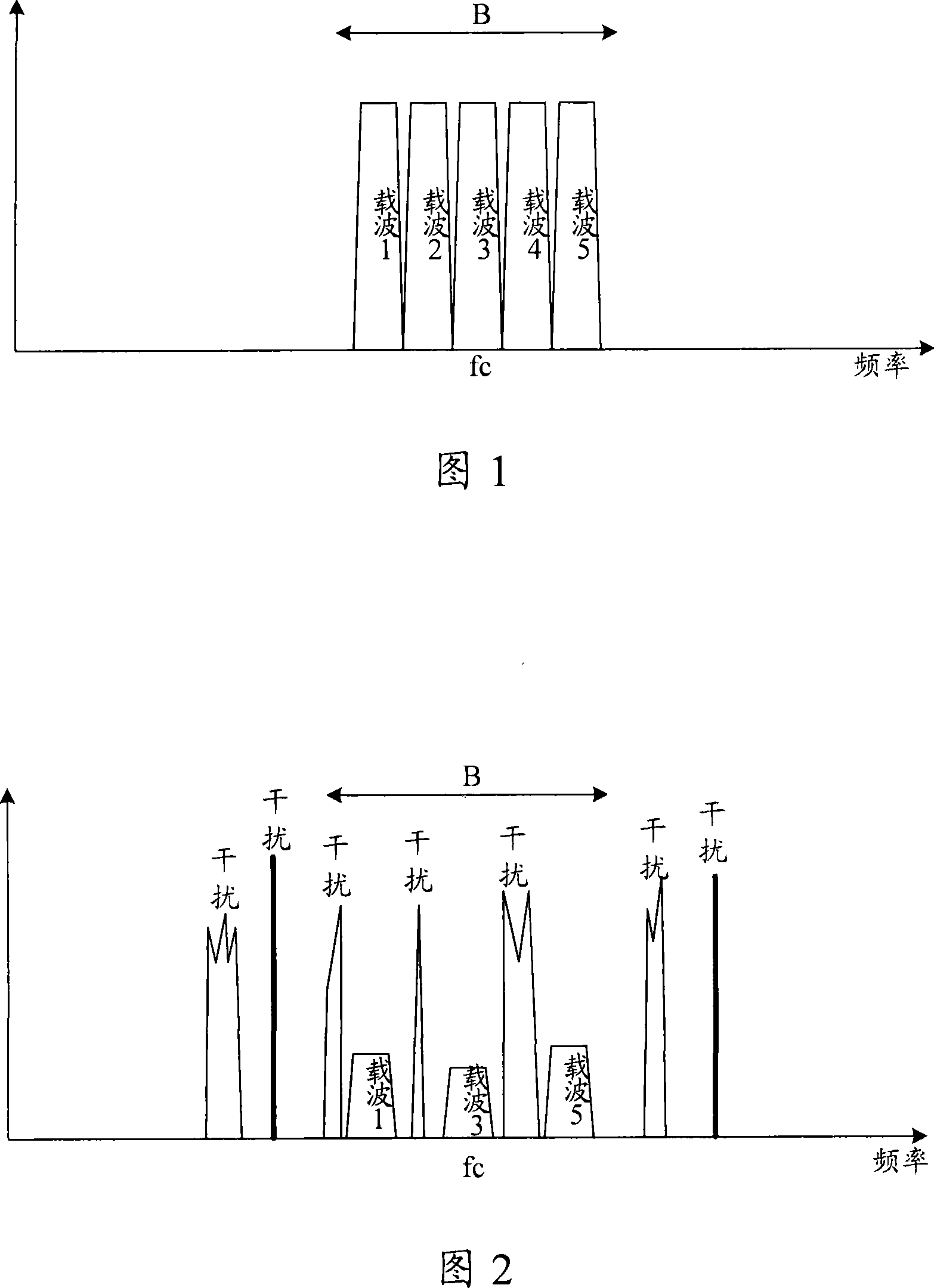Receiver and method for receiving wireless signal
A receiver, signal technology, applied in the direction of shaping network, multiplexing communication, electrical components, etc. in transmitter/receiver, can solve receiver performance impact, analog-to-digital converter overload, receiver communication interruption, etc. problem, to achieve the effect of ensuring the cancellation effect, suppressing the interference signal, and improving the performance
- Summary
- Abstract
- Description
- Claims
- Application Information
AI Technical Summary
Problems solved by technology
Method used
Image
Examples
example 1
[0134] Referring to FIG. 16 , it is a flow chart example 1 of a method for receiving wireless signals according to an embodiment of the present invention. The method includes the following steps:
[0135] Step 1601, divide the signal to be processed input into the receiver into a main channel signal and a feedforward branch signal.
[0136] Step 1602, performing delay compensation processing on the main channel signal to obtain a signal after delay compensation processing. This step is optional.
[0137] Step 1603: Perform notch processing on the carrier signal in the feedforward branch signal to obtain a signal after notch processing.
[0138] Step 1604, use the digital IQ signal selected after the amplitude and phase correction to perform amplitude and phase compensation on the notched signal to obtain an amplitude and phase compensated signal.
[0139] This step may specifically include: under the working parameter configuration, according to the change of the useful sign...
example 3
[0168] Refer to 18, which is the third example of the flow chart of the method for receiving wireless signals according to the embodiment of the present invention. The method includes the following steps:
[0169] Step 1801, divide the signal to be processed input into the receiver into a main channel signal and a feedforward branch signal.
[0170] Step 1802, performing delay compensation processing on the main channel signal to obtain a signal after delay compensation processing.
[0171] Step 1803, performing attenuation processing on the feedforward branch signal to obtain an attenuated signal. This step is optional.
[0172] Step 1804, converting the feedforward branch signal into a digital signal.
[0173] Step 1805, down-convert the converted digital signal into a baseband signal.
[0174]Step 1806: Perform decimation and filtering on the baseband signal to obtain a signal after decimation and filtering.
[0175] Step 1807, performing notch processing on the carrier...
example 4
[0186] Referring to FIG. 19 , it is a fourth flowchart example of a method for receiving wireless signals according to an embodiment of the present invention. The method includes the following steps:
[0187] Step 1901, using the change between the useful signal and the interference signal in the digital IQ signal selected after the amplitude-phase correction, adaptively calculate the optimal amplitude-phase compensation coefficient;
[0188] Step 1902, according to the optimal amplitude and phase compensation coefficient, generate a digital signal that contains an interference signal but does not contain a useful signal within the bandwidth of the useful signal used for cancellation.
[0189] Step 1903, converting the generated digital signal from digital to analog, and performing filtering processing on the converted signal, and the obtained filtered signal is that the bandwidth of the useful signal used for cancellation contains interference signals. An analog signal that d...
PUM
 Login to View More
Login to View More Abstract
Description
Claims
Application Information
 Login to View More
Login to View More - R&D
- Intellectual Property
- Life Sciences
- Materials
- Tech Scout
- Unparalleled Data Quality
- Higher Quality Content
- 60% Fewer Hallucinations
Browse by: Latest US Patents, China's latest patents, Technical Efficacy Thesaurus, Application Domain, Technology Topic, Popular Technical Reports.
© 2025 PatSnap. All rights reserved.Legal|Privacy policy|Modern Slavery Act Transparency Statement|Sitemap|About US| Contact US: help@patsnap.com



